Highlights in the period 2021-2025
The report "Trade promotion for the period 2021-2025 and some strategic orientations and trade promotion plans for the period 2026-2030" was assigned by the Department of Trade Promotion ( Ministry of Industry and Trade ) to preside over and develop, focusing on assessing the current status of trade promotion in the period 2021-2025, thereby identifying requirements and orientations to perfect the policy and legal framework and organize the implementation of effective, modern and sustainable trade promotion activities in the period 2026-2030.
Assessing the current situation, effectiveness and capacity of the trade promotion network in the period of 2021-2025 at the Workshop on exchanging and developing a trade promotion report in the period of 2021-2025 and some strategic orientations and plans for 2026-2030 organized by the Trade Promotion Agency, Associate Professor, Dr. Phan The Cong - University of Commerce - Head of the report author group said that towards the period of 2026-2030, assessing the current situation, effectiveness of activities and organization of trade promotion in the period of 2021-2025 is of particular importance.
Assoc. Prof. Dr. Phan The Cong - University of Commerce - Head of the group of authors building the report. Photo: Do Nga
Accordingly, the Report was completed based on an extensive survey from promotion centers, industry associations and businesses. The Report also received technical support from international organizations such as SIPPO (Switzerland), comprehensively assessing trade promotion activities, highlighting achievements, limitations and proposing new directions, contributing to promoting sustainable exports.
Pointing out the impacts on trade promotion activities in the past period, according to Mr. Cong, this period witnessed many advantages from participating in new FTAs such as Israel, UAE and effectively implementing CPTPP, EVFTA, UKVFTA. Export turnover reached a high level, with economic openness of nearly 200% of GDP, contributed by the support of trade promotion activities.
"With about 100 annual trade promotion projects approved, supporting nearly 10,000 businesses, signing export contracts worth hundreds of millions of USD; Traditional markets such as the US, EU, China, ASEAN maintained stability... have brought strong improvements to Vietnam's trade and import-export activities in the recent period" - Mr. Cong said.
Regarding the capacity assessment index of the trade promotion network, Mr. Cong said that the Report used the TPCI index to evaluate with 52 participating units. The results showed that the strengths were reflected in strategic management (65.7%), resources and processes (63.3%), and communication (62.5%). In which, the Ministry of Industry and Trade and the Trade Promotion Agency play a pivotal role, coordinating with ministries, localities and associations such as VCCI, VOAA, Lefaso, VASEP... to effectively support small and medium enterprises, which account for the majority of trade promotion activities.
To promote trade promotion activities in the coming period, Mr. Cong emphasized that the concept of trade promotion needs to be updated in the new context, integrating digital transformation, greening, not limited to traditional fairs but expanding supply-demand connections, improving business capacity to adapt to global value chains.
Evaluating the current situation, operational efficiency, and trade promotion organization in the past period is important in developing a strategic plan for the 2026-2030 period. Photo: Do Nga
Despite the positive results, Mr. Phan The Cong also pointed out that trade promotion activities still have many shortcomings such as the outdated legal framework, specifically the 2005 Commercial Law has not fully integrated digitalization, greening, and strategic capacity development. The system of legal documents is complete but has shortcomings in flexible financial mechanisms, limited resources, and lack of inter-sectoral and regional coordination.
"Specifically: The TPCI index shows weaknesses in digital transformation (42%), data monitoring and evaluation (46%), and sustainable development (58-60%). Business capacity is still weak, domestic added value decreased to 49% in 2022, lower than the region. The trade promotion ecosystem is loosely linked, lacking data synchronization, leading to "everyone doing their own thing" - Mr. Cong pointed out.
Some of the reasons that Mr. Cong clearly stated are from the context of the pandemic, geopolitical conflicts, increasing protectionism, causing supply chain disruption, internal factors, passive businesses, lack of systematic strategies, capital and technology barriers. Accordingly, at the workshop, Mr. Cong noted that it is necessary to record other opinions in a separate survey report for completion.
Enhance the industry's proactive trade promotion capacity
Analyzing the new context and factors affecting trade promotion activities in the period of 2026-2030 at the workshop, Ms. Nguyen Thi Xuan Thuy - University of Economics, Vietnam National University, Hanoi, representing the group of authors emphasized the feasibility of the plan, based on the capacity of Vietnamese enterprises, and called for comments from relevant parties to complete the report.
According to Ms. Thuy, with support from international organizations such as SIPPO (Switzerland) and the Swiss State Secretariat for Economic Affairs (SECO), the report not only evaluates the old period but also outlines a roadmap for trade promotion innovation, aiming to promote sustainable exports, growing 13-16%/year.
The main goal of the 2026-2030 period is to build a comprehensive, highly connected trade promotion ecosystem that responds to the new context. Accordingly, Ms. Thuy emphasized: "When it comes to the trade promotion ecosystem, it must be complete and inclusive: professionalizing the network, diversifying the market, increasing service connectivity, prioritizing high-tech industries and high added value".
Accordingly, Ms. Thuy said that the group of authors did not set specific targets to avoid being unrealistic, only focusing on export growth of 13-16%/year - a challenging figure. The target also extends to new areas, contributing to Vietnamese enterprises and untapped potential, ensuring domestic consumption and sustainable export.
Giving directions for the coming time, Ms. Thuy said that trade promotion activities need to focus on two main contents: comprehensive innovation of trade promotion and strengthening the coordinating role of the Ministry of Industry and Trade. The role of the Ministry of Industry and Trade is enhanced to unify the network and avoid wasting resources.
In addition, according to Ms. Thuy, trade promotion must meet digital-green transformation, modernization, professionalization, and prioritize industry clusters to expand the chain. Orientation requires data connection between industries, localities, production and services; combining specialized fairs with national-international events; promoting national brands, industries, national marketing, and each enterprise must bear the national image, not just think about individuals.
The workshop received many insightful comments from experts. Photo: Do Nga
To promote trade promotion activities in the coming period, the report revolves around 5 main groups of tasks that need to be focused on: First, trade promotion for priority industries: Selecting industries based on data (export status, potential, localization). Priority activities are assigned to industry associations, local promotion centers; the Trade Promotion Department implements large programs that require high innovation.
Second, support information to diversify the market: Provide in-depth market intelligence reports, guide businesses. Focus on traditional markets (US, EU, China, ASEAN), potential (Canada, Mexico), emerging markets (Middle East, Africa, Latin America).
Third, develop a national trade promotion network: Regulations on coordination with the Ministry of Industry and Trade, providing information from state agencies, associations, and enterprises. Propose a unified export identification for Vietnam; develop a trade promotion team; digitize data, manage the network; build trade promotion infrastructure (exhibitions, logistics, services).
Fourth, improve the proactive trade promotion capacity of industries, localities and enterprises: Submit trade promotion plans for funding approval; improve capacity through training; build sustainable customer relationships; business-led industry trade promotion program. Propose a local-industry trade promotion fund, with contributions from successful exporting enterprises (export rate).
Fifth, innovate the National Program: Simplify procedures; allocate priority activities; innovate methods (perfect the digital trade promotion system, support e-commerce, sustainable specialization, expand value chains). At the same time, increase support from funding sources to further promote comprehensive and synchronous trade promotion activities.
To achieve the trade promotion activity goals for the 2026-2030 period, according to experts at the workshop, it is necessary to implement solutions that closely follow the plan such as perfecting institutions (Trade Promotion Fund framework, coordination regulations); increasing inter-sectoral, public-private coordination; improving business capacity (production, branding, sustainable supply chain). And with international support, Vietnam can achieve the trade promotion activity plan goals for the 2026-2030 period, raising its position globally.
Source: https://moit.gov.vn/tin-tuc/xuc-tien-thuong-mai/xay-dung-chien-luoc-dong-bo-phoi-hop-da-nganh-trong-xuc-tien-thuong-mai.html



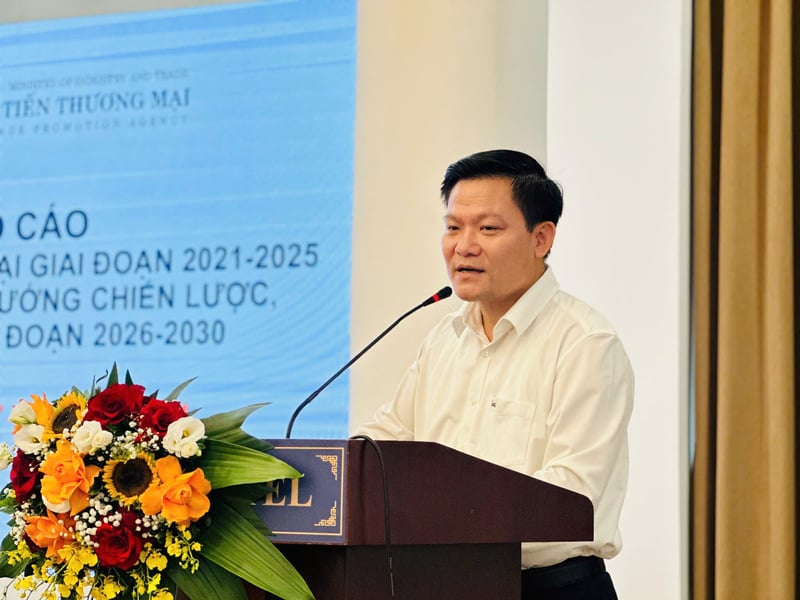
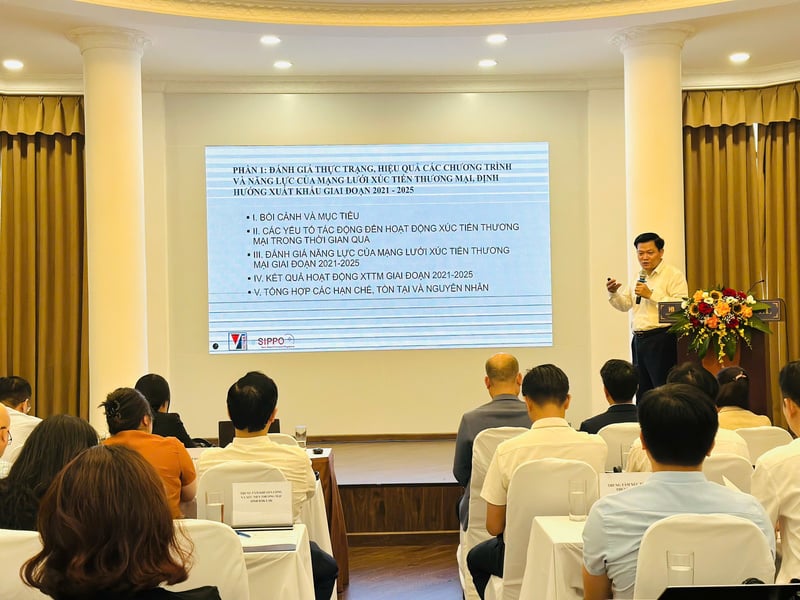


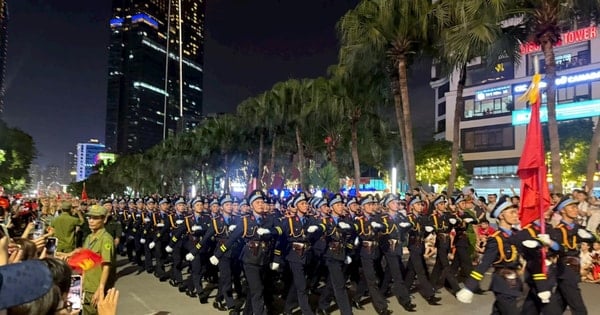


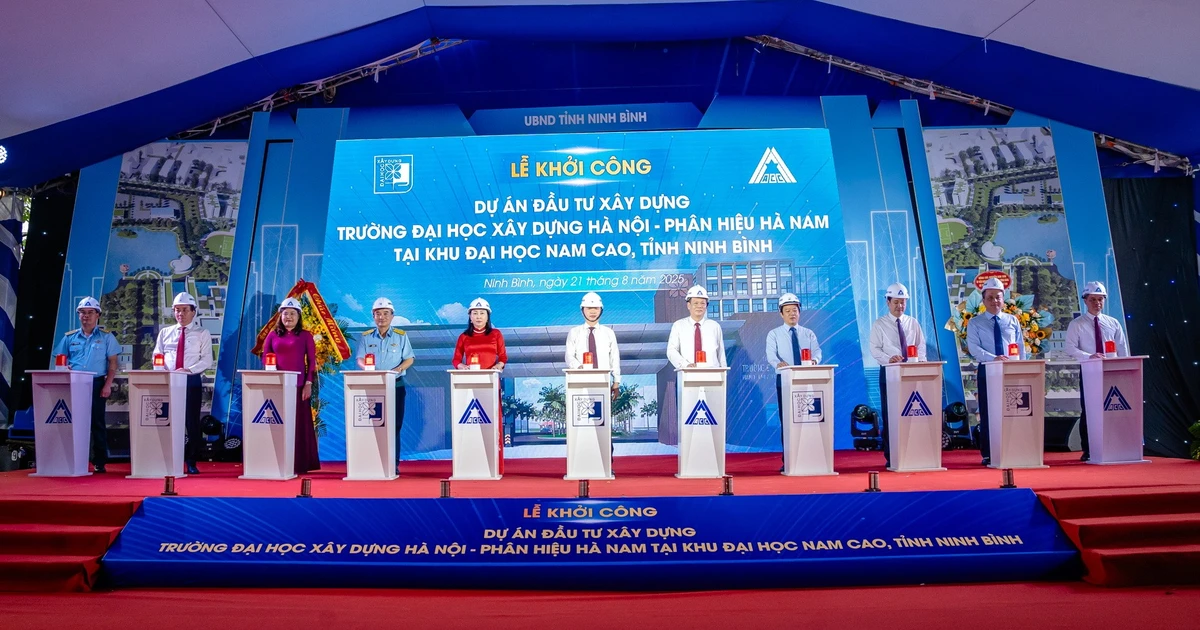


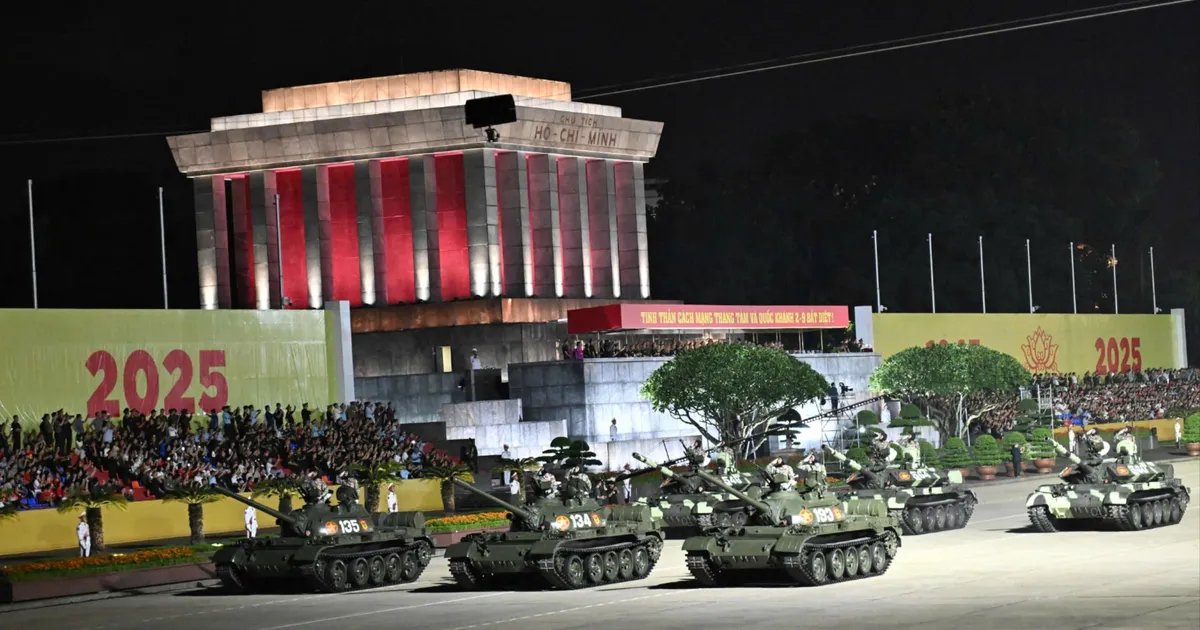

















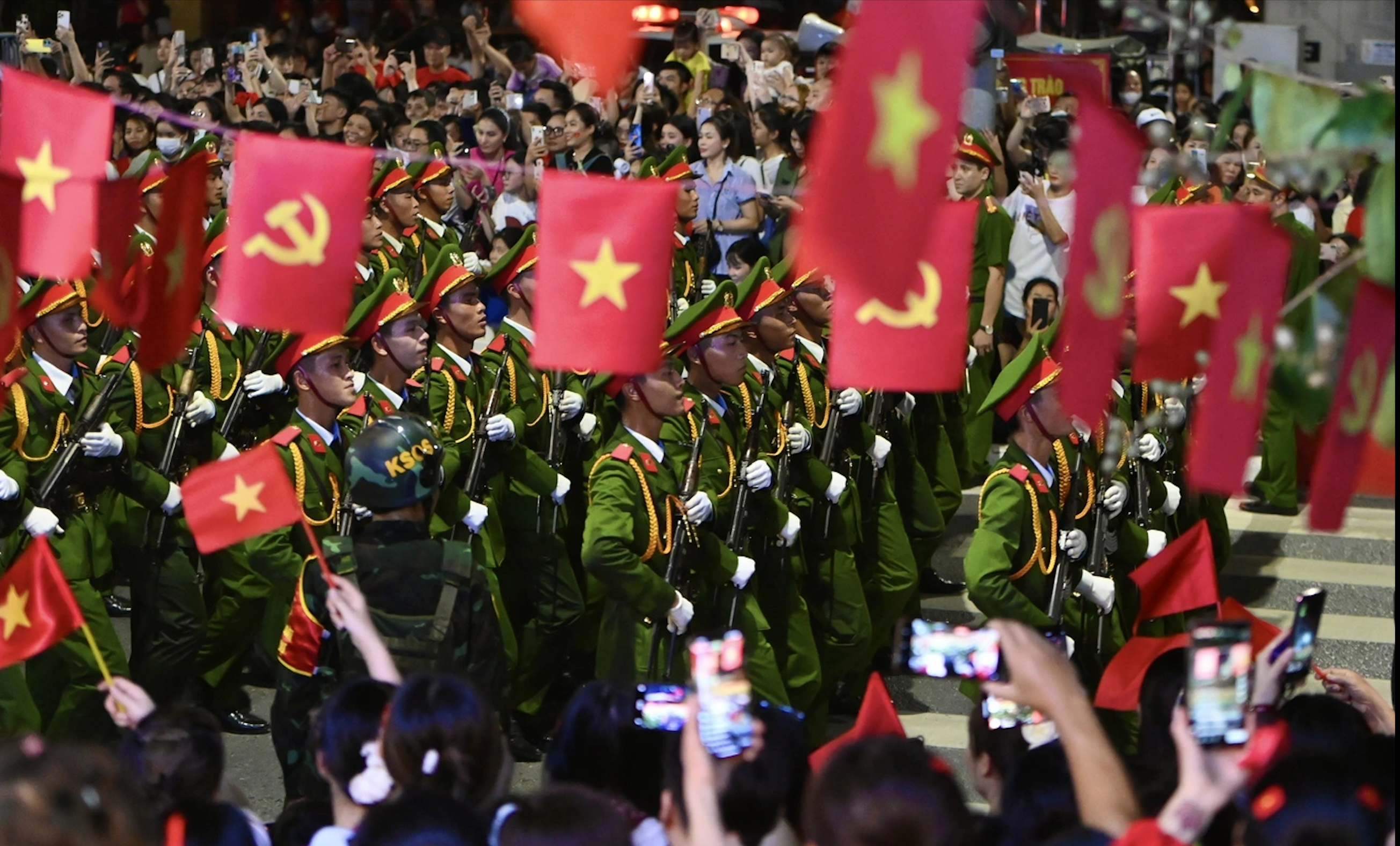

![[Photo] An Phu intersection project connecting Ho Chi Minh City-Long Thanh-Dau Giay expressway behind schedule](https://vstatic.vietnam.vn/vietnam/resource/IMAGE/2025/8/21/1ad80e9dd8944150bb72e6c49ecc7e08)

































![[Photo] Politburo works with the Standing Committee of Hanoi Party Committee and Ho Chi Minh City Party Committee](https://vstatic.vietnam.vn/vietnam/resource/IMAGE/2025/8/21/4f3460337a6045e7847d50d38704355d)































Comment (0)